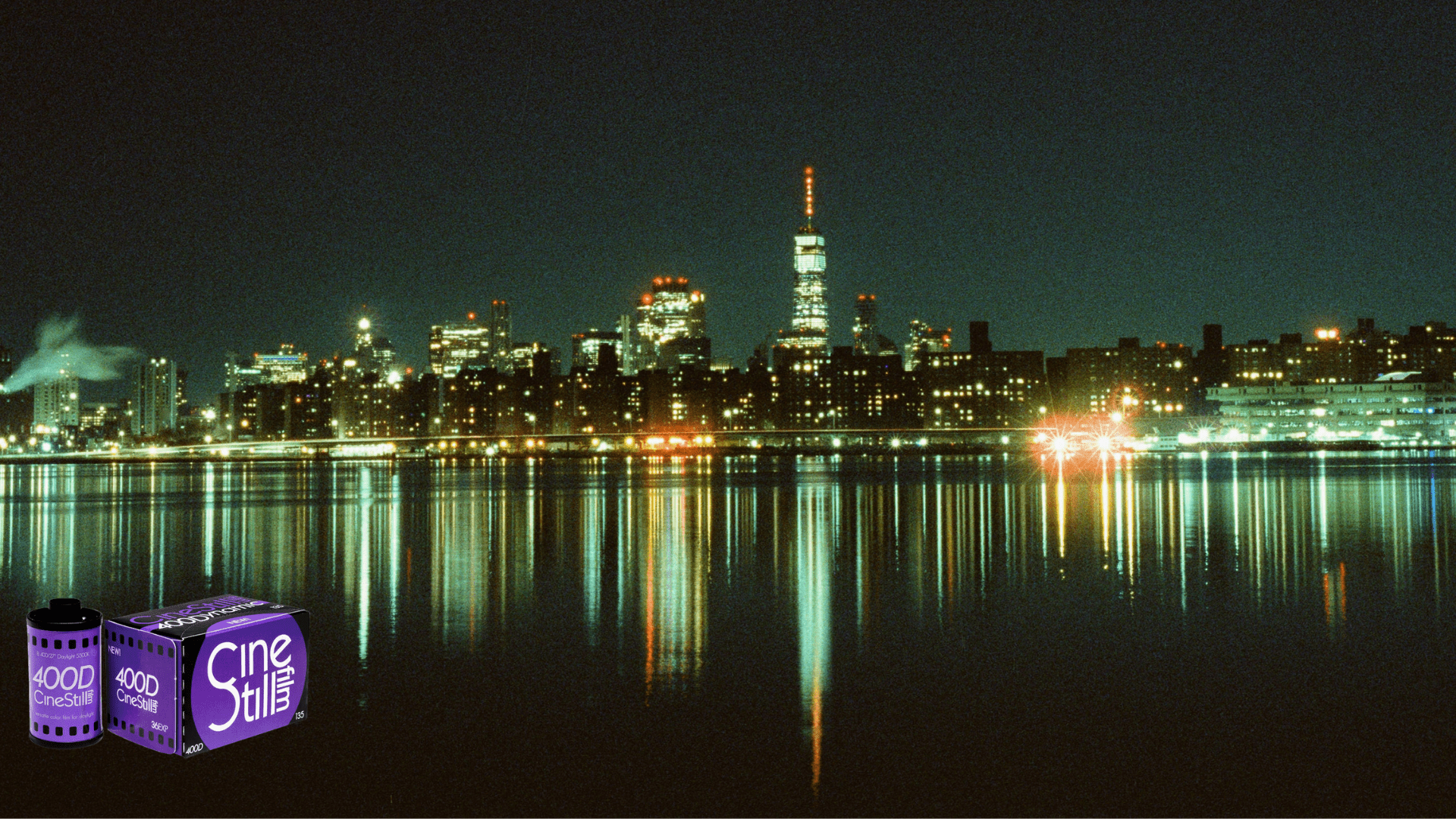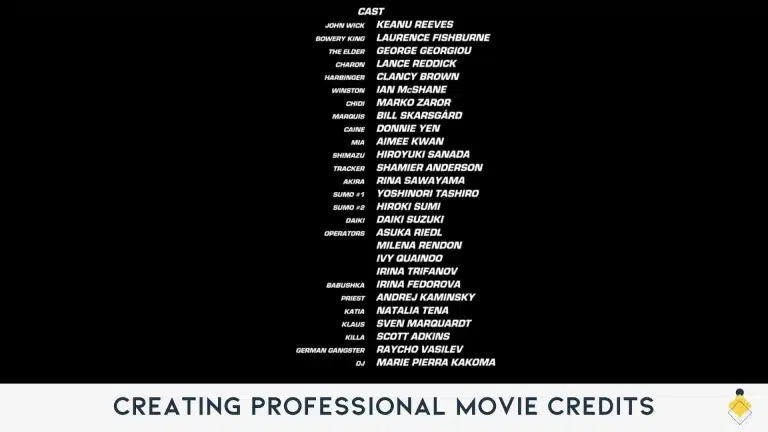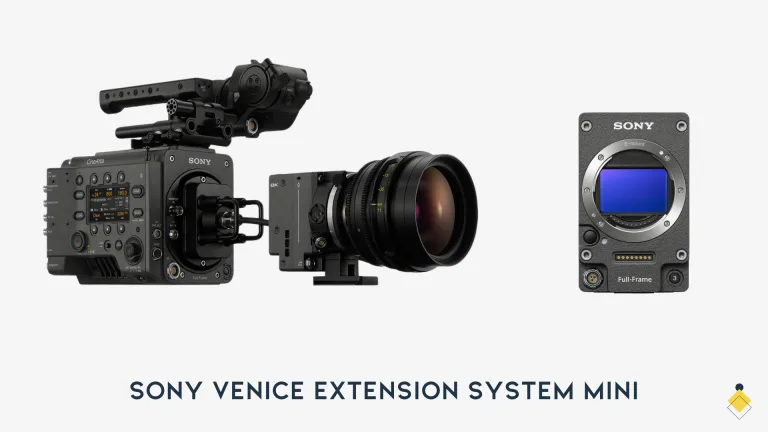Cinestill 400d is a popular 35mm color negative film that delivers beautiful results for both indoor and outdoor photography. With a base sensitivity of ISO 400, cinestill 400d offers wide dynamic range and rich, saturated colors that lend themselves well to creative film photography.
In this review, we’ll take a close look at everything you need to know about cinestill 400d, from its origins and technical details to how it performs under different lighting conditions.
We’ll also compare cinestill 400d to other popular color negative films like Kodak Portra 400 to help you decide if it’s the right film for your needs.
After reading, you’ll have a full understanding of what makes cinestill 400d such a unique and versatile 35mm film stock.
An Overview of Cinestill 400d
Cinestill 400d is a 35mm, 36 exposure color negative film with a base ISO of 400. It features a fine grain and rich color saturation that allows for beautiful results under both natural and artificial light.

Cinestill 400d was created for still photography by removing the remjet backing from Kodak motion picture film and adding an anti-static coating, allowing it to survive the C-41 development process.
Some key features that make cinestill 400d stand out include:
- A wide dynamic range, making it very forgiving for exposure errors
- Saturated colors with delicate skin tones
- Fine grain that allows for sharp images and printing
- Designed for shooting both indoors and outdoors
- Can be pushed up to ISO 3200 when needed
Cinestill 400d is an excellent all-around daylight film and a favorite of many photographers for its versatility. The rich color palette, anti-halation layer, and ability to push process make cinestill 400d a great choice for everything from landscapes to portraits.
Technical Details of Cinestill 400d
Let’s take a more in-depth look at the technical details and specifications of cinestill 400d:
- Film Type: Color negative film
- Format: 35mm, 36 exposures
- Base ISO: 400
- Color: Daylight-balanced
- Grain: Extremely fine
- Sharpness: Excellent resolution and sharpness
- Tones: Soft, delicate tones with excellent highlight roll-off
- Saturation: Vibrant, saturated colors
- Skin tones: Natural and pleasing
- Halation: Medium halation effect
- Development: C-41 process
A few key things stand out from these specifications. First is the extremely wide dynamic range of cinestill 400d, with a base sensitivity of ISO 400 that can be shot anywhere from ISO 200 to 800. This makes exposure quite forgiving with the film.
Secondly, the color rendition produces soft, delicate tones with natural skin colors yet still maintains vibrant saturation – a difficult balance to achieve with color film.
Finally, the daytime film balance and ultra fine grain allows for excellent sharpness and tonality. Overall, the technical characteristics of cinestill 400d lend themselves perfectly to versatile shooting for the modern film photographer.
The Story and Origins of Cinestill 400d
Cinestill 400d has its origins in motion picture film.
It started as Kodak 5219 – a color negative film designed for the movie industry. Cinestill found a way to adapt this film for still photography by removing the remjet backing and adding an anti-static coating. This allowed it to survive the C-41 development process.
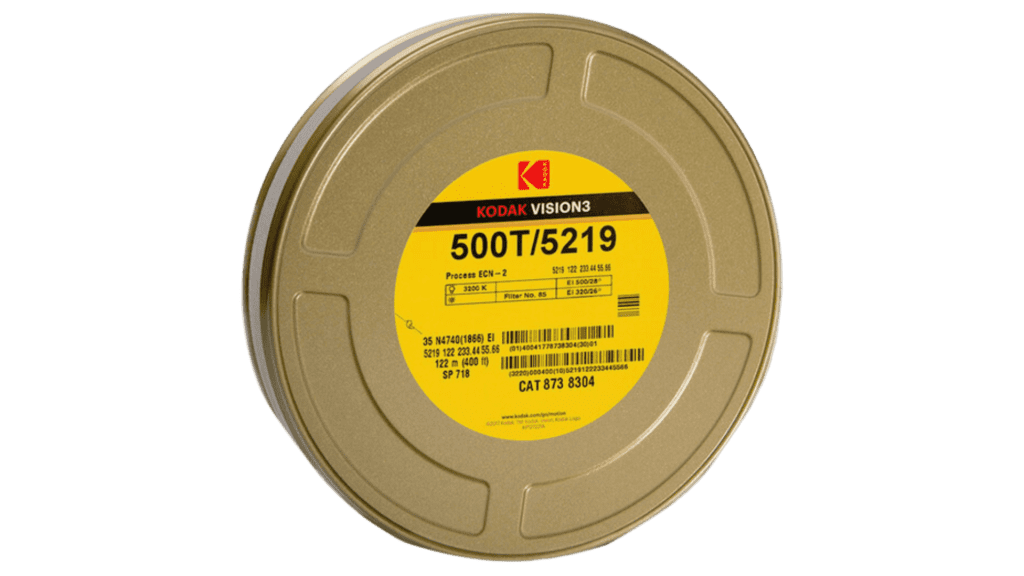
The result was a new 35mm film designed specifically for still photographers. Dubbed cinestill 400d, it combined the cinema quality and color palette of motion picture film with the convenient development process of color negative film.
This innovative approach allowed still photographers to experience the beloved cinema look and halation qualities of movie film stocks. Cinestill 400d overcame the challenges of developing motion picture film, introducing creative new possibilities with cinema color and tonality.
Hands-On Review of cinestill 400d
To best understand the unique qualities of cinestill 400d, it helps to shoot a few rolls in different conditions.
We extensively tested this film in various environments to see how it rendered color, skin tones, and atmosphere.
Here’s an overview of cinestill 400d’s performance:
Shooting Outdoors
When shot in natural daylight, cinestill 400d delivers pleasing colors with medium-high contrast. Greens and blues are vivid but not oversaturated, while retaining detail in highlights and shadows. Complex lighting situations are handled beautifully thanks to the wide exposure latitude.
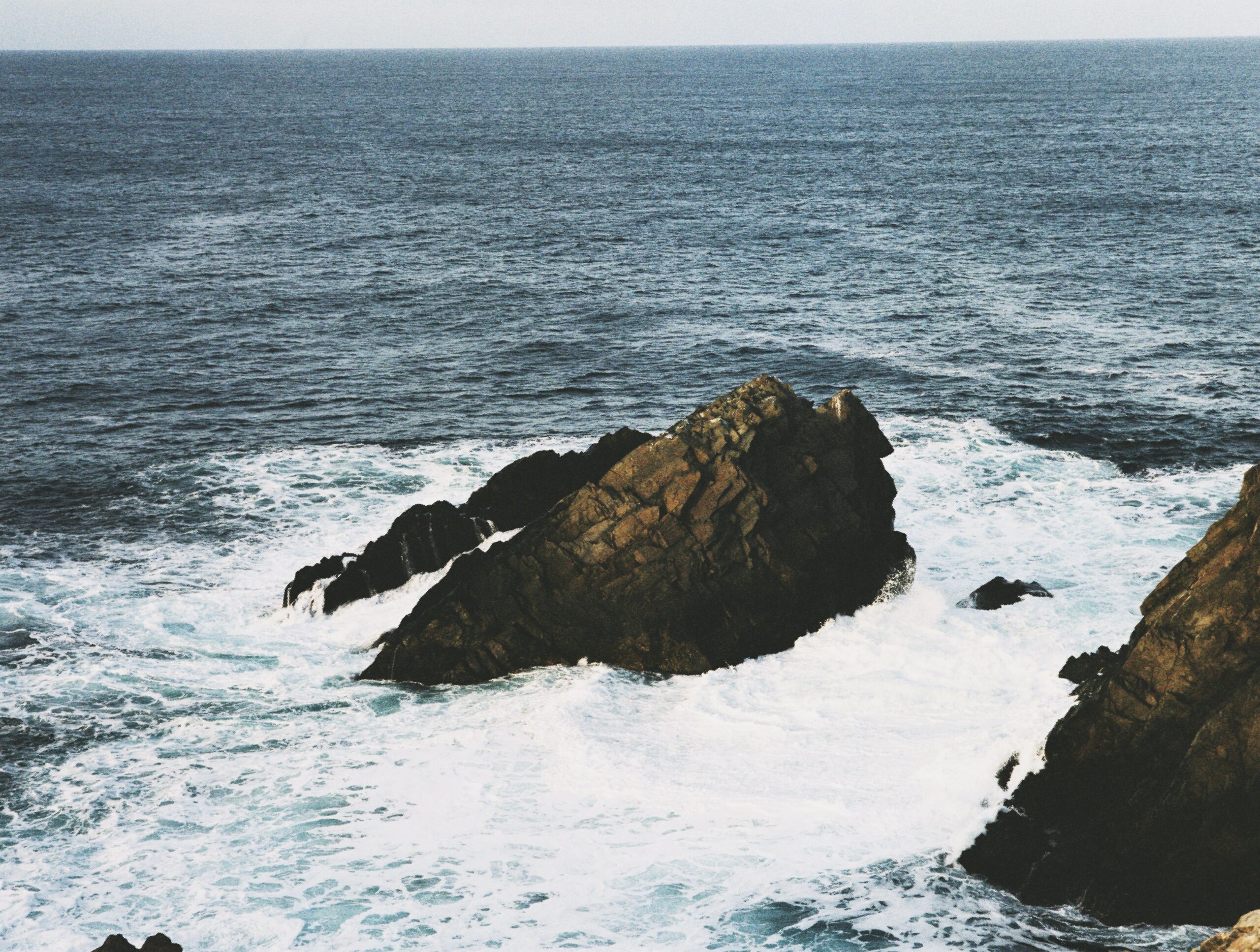
Skin tones remain natural and flattering outdoors. The fine grain holds up even in larger prints. While contrast is higher than some films, the delicate highlight rolloff maintains airy tonality. Overall, cinestill 400d performs excellently in sunlit conditions.
Shooting Indoors/Artificial Light
Indoors, cinestill 400d retains its saturated but natural color palette. Skin tones reproduce well under most lighting. The wide dynamic range handles mixed lighting very nicely.

There is a moderate halation effect when shot under tungsten and other artificial light, giving glowy highlights and accentuating the cinematic look. This only adds to the atmosphere.
Overall cinestill 400d holds up very well indoors, rendering excellent color and tonality under artificial light. Just adjust white balance during scanning, and the results will be vibrant and accurate.
Pushing/Pulling Exposure
Thanks to the incredible exposure latitude, you can shoot cinestill 400d at anywhere from ISO 200 to 800 and get great results. This comes in handy when you want to tweak the contrast and grain size.
Shooting at ISO 200 reduces grain and increases dynamic range, while ISO 800 will deliver a grittier, high-contrast look when desired. This level of flexibility makes cinestill 400d hugely versatile.
Pushing further to ISO 1600 or 3200 is also an option with this film. Results remain very usable. Just be prepared for a very distinct sifted grain at 3200 that works well for some subject matter.
Editing and Post-Processing
When scanning cinestill 400d, you can make some adjustments to finalize the look you want:
- Increase contrast slightly for bolder, punchier images
- Reduce contrast for a softer, more delicate feel
- Adjust white balance towards blue to neutralize indoor tungsten lighting
- Increase vibrance and saturation for more intense color
- Add film grain overlays to accentuate the cinematic quality
The pliable RAW files allow for versatility when editing cinestill 400d scans. This gives the ability to tweak images towards your desired mood and atmosphere during post-processing.
How Cinestill 400d Compares to Other Color Films
It helps to understand how cinestill 400d compares to other popular color negative films.
Here’s a quick overview:
Kodak Portra 400 – Portra 400 has lower saturation and contrast. It yields a very natural, smooth look, especially for outdoor portraits. Cinestill 400d has more grain, halation effects, and richer saturation.
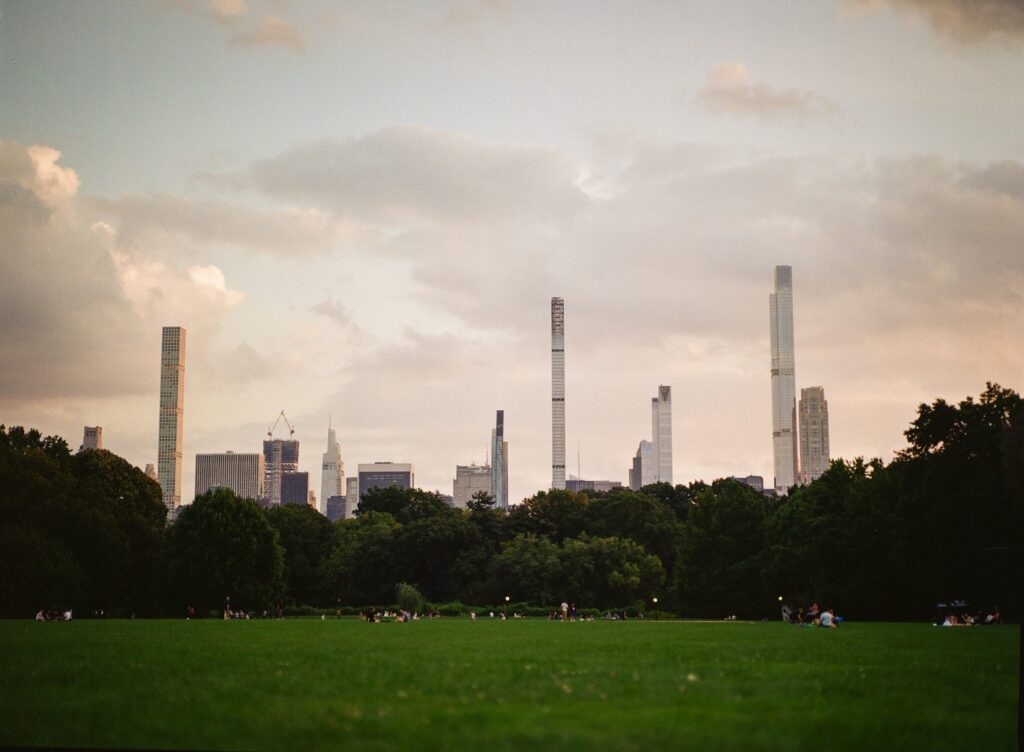
Fujifilm Superia 400 – Superia 400 also has lower saturation than Cinestill 400d and renders a brighter, cooler tone. It’s a great outdoor daylight film but can’t match Cinestill’s halation and cinematic rendering.
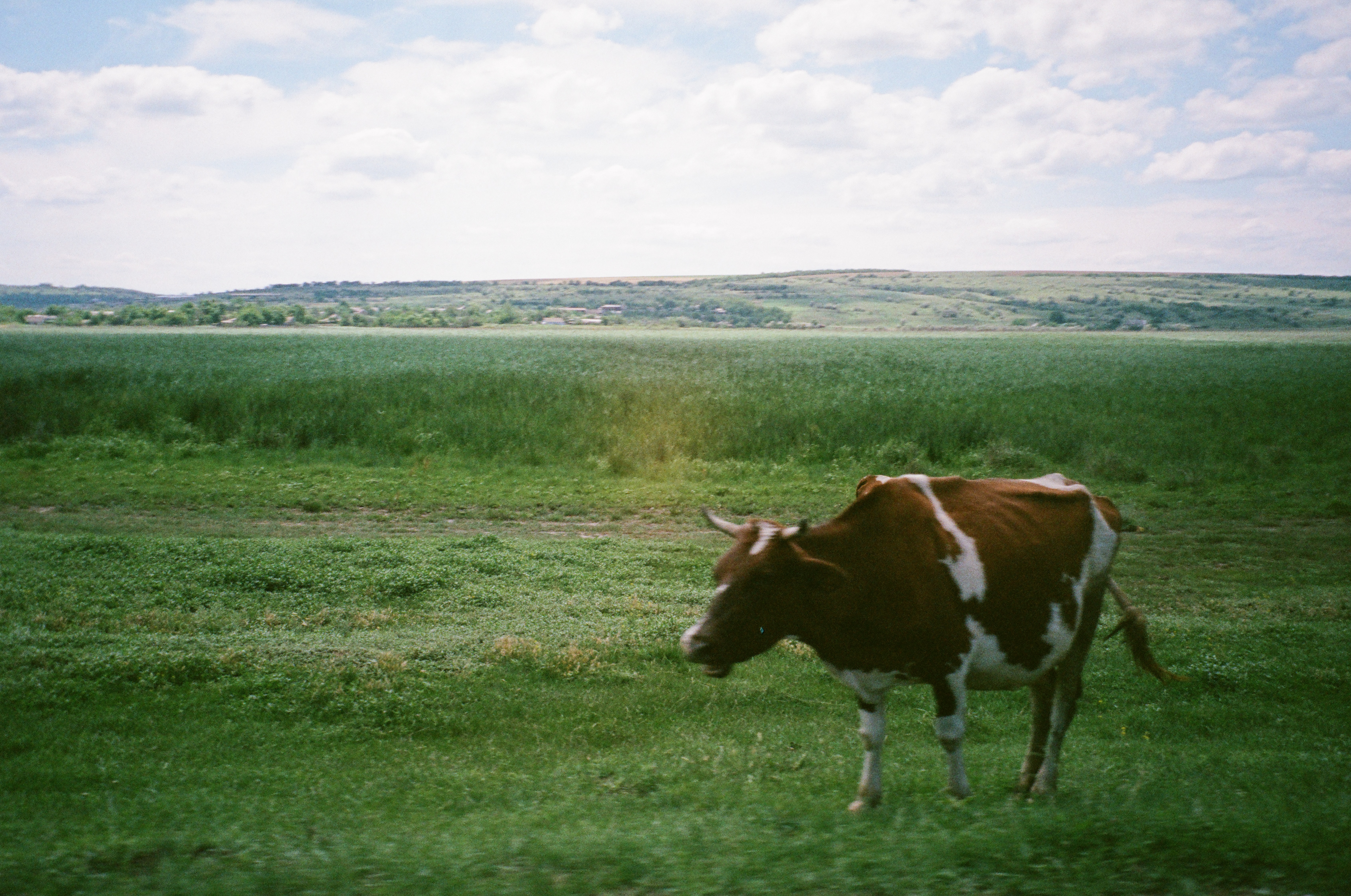
Kodak ColorPlus 200 – For a cheaper C41 option, ColorPlus 200 has good saturation but a more consumer-grade look and wider grain. Cinestill has finer grain and greater dynamic range.

Kodak Ektar 100 – Ektar 100 is an extremely fine grain, clean film perfect for landscapes but with lower saturation than Cinestill 400d. If you need fine detail, Ektar showcases this beautifully.

So in summary, Cinestill 400d stands out with its cinematic quality, rich halation effects, and ability to render saturated but natural colors across lighting conditions. No other color film quite has its look and versatility.
Achieving the Best Results with Cinestill 400d
Here are some tips for getting the most out of each roll of cinestill 400d:
- Avoid underexposure to prevent muted colors and detail loss in shadows
- Shoot in shade or overcast conditions to control contrast
- Use flash to lift shadows and fill in facial details
- Embrace mixed lighting – the film handles it beautifully
- Push process to ISO 800 for grittier, higher contrast shots
- Pull process to ISO 200 for a smoother look with less grain
- Edit white balance, contrast, saturation and grain to taste
- Use cinestill’s unique look creatively to match your vision
With some experience, you’ll learn how to craft vibrant, cinematic images full of atmosphere using this incredible film stock. Let cinestill 400d’s qualities inspire your photography.
Where to Buy and Store Cinestill 400d Film
Cinestill 400d is available to purchase online and in select camera stores in both 35mm and 120 sizes. Stock is produced in limited batches so get it while you can!
When storing cinestill 400d film, keep the following guidelines in mind:
- Store unopened film in the refrigerator between 2̊C and 8̊C (35̊F and 46̊F)
- Store opened film rolls in the fridge if shooting over several months
- Let film warm up to room temperature before shooting in cold conditions
- Avoid prolonged heat exposure or x-ray scanning devices
- To be safe, shoot film within 6 months and don’t push past the expiry date
Follow these handling and storage principles, and your cinestill 400d film will deliver excellent results.
Shooting With Cinestill 400d – Conclusion
As you can see, cinestill 400d offers some unique qualities that make it a standout color negative film. The cinema origins provide gorgeous color rendition and halation effects perfect for creative photography. It handles all sorts of lighting conditions beautifully thanks to the wide dynamic range and balanced saturation.
If you enjoy shooting 35mm film, cinestill 400d is a must-try. Keep some on hand for portraits, urban landscapes, night photography or any imaging where you want a rich atmosphere. With care taken in exposing and processing, cinestill 400d won’t disappoint.
So next time you have the film itch, load up your Leica or Nikon F with this versatile color stock and see the creative possibilities it unlocks. Just be sure to store it properly between shoots and leverage cinestill 400d’s advantages during exposure.
With practice, you’ll be crafting vivid, cinematic masterpieces in no time. Cinestill 400d opens up so many options to capture life creatively on film.
FAQ – Cinestill 400d
What is Cinestill 400D and what makes it unique as a color negative film?
Cinestill 400D is a fine grain daylight balanced color negative film specifically designed for film photography. It delivers a soft color palette with natural saturation, making it ideal for capturing warm skin tones and vibrant scenes.
How does the ISO rating of 400 affect the performance of Cinestill 400D?
The ISO 400 rating of Cinestill 400D allows for versatility in various lighting conditions, providing a wide dynamic range. This makes it suitable for both indoor and outdoor photography, especially in challenging lighting situations.
What is the recommended processing method for Cinestill 400D?
Cinestill 400D can be processed using C-41 chemistry, which is widely available at most photo labs. You can also develop it at home if you have the necessary equipment and chemicals.
How does Cinestill 400D compare to other films like Cinestill 50D and Cinestill 800T?
Cinestill 400D offers a fine grain and a soft color palette, making it distinct from Cinestill 50D, which is known for its finer grain and lower ISO, and Cinestill 800T, which is designed for low-light conditions and has a different color balance.
What is the significance of halation in Cinestill 400D?
Halation refers to the light bleed that can occur in film photography. Cinestill 400D features a process-surviving anti-static lubricant coating that helps minimize halation effects, resulting in clearer images with better contrast.
How should I store unexposed Cinestill 400D film for optimal performance?
To ensure the best performance, store unexposed Cinestill 400D film in its original sealed package in a dry place, ideally in a refrigerator at around 13°C (55°F) to maintain its quality until you are ready to use it.
What is the film length of Cinestill 400D and how many exposures does it provide?
Cinestill 400D is available in 35mm format and typically comes in a roll that provides 36 exposures, making it suitable for various shooting scenarios.
Can I use Cinestill 400D for both daylight and artificial light photography?
Yes, Cinestill 400D is daylight balanced, but it can also perform well under artificial lighting conditions, making it a versatile choice for different environments.
What are some common applications for Cinestill 400D in film photography?
Cinestill 400D is ideal for portrait photography due to its ability to capture warm skin tones, as well as for landscape and street photography, where its soft color palette enhances the overall aesthetic of the images.

